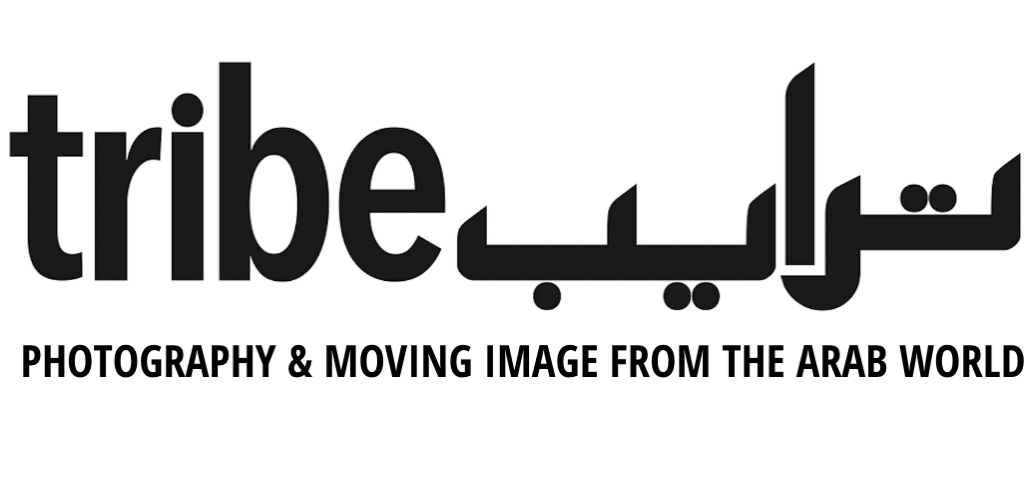Vantage: Layers of Meaning
Art and Spirituality
Hala Yateem, Jihad. Courtesy of the artist.
With text by Gabrielle Officer, visual arts writer.
In the exhibition Vantage, seven Bahrain-based female artists share their unique perspective on the common theme, which is their Muslim faith, and how this relates to their identity as artists. The exhibition, a feature of the 2015 Bahrain Spring of Culture Programme at the Al Riwaq Gallery, is an exploration of the relationship between art and spirituality.
‘What defines us as Muslim women?’ Stephanie Ravel, a French photographer who converted to Islam asked this question to a group of artists. From this starting point, a journey exploring the multiple facets of faith began. The group of participants– Ghada Khunji, Hala Yateem, Mariam Al-Arab, Stephanie Ravel, Somaya Abdulghani, Tamara S Al-Pachachi and Waheeda Malullah – includes both established and emerging artists from different walks of life. Renowed Arab artist Camille Zakharia and Bayan Al Barak Kanoo, owner of the Al Riwaq Art Space, both gave their valuable insight about the artists’ work. The range of different angles expressed on the subject is apparent in the manifold of media displayed—photomontage, collage, mixed media and audio. While the pieces in the exhibition can speak universally and feature some common themes, they are also deeply personal, as expressions of the artists’ inner worlds. How the theme resonates most strongly to them is a result of where they stand in their religious, artistic and life journey. From their unique vantage points, each photographer provides an answer to the question.
In the set of three artworks called i-slam, Stephanie Ravel presents a self-documentation of her discovery of the faith, from initial struggles to a sense of ease and lightness. It is an intimate portrayal in which art and ritual meet.
Ghada Khunji depicts light as an essential feature, the origin of all religion and art. She touches on the realities of coming back to her homeland after spending time abroad, having gathered new experiences which doubtlessly present a familiar place in a new light. She evokes the multiple symbols in religion; symbols whose meaning, by their familiarity to us, can become distorted.
In the black and white photomontage Echo, Mariam Al-Arab’s depiction of mosques at an angle that emphasizes their grandeur illustrate multiple driving forces within the Islamic community. The “echo” produced by these often overlapping voices may hinder one from hearing their own inner voice. She evokes one essential question surrounding faith: “Should we have own faith imposed on us or should we interpret it ourselves?”
In her photomontage, Hala Yateem examines the meaning of Jihad as the Mujahadat al Nafs (Struggle with the self) by using images of prayer to create a light and bright geometric figure, a stark contrast to the conventional dark interpretation of jihad perpetrated by the media in current times.
The neutral tones and interlacing of different materials in Sumaya Abdulghani’s piece create an organic feeling which mirrors as simplicity found in nature. Read, the first word revealed in the Holy Quran, is also the intention of the artist, who wishes to educate the viewer, and invite them to question whether the threads of knowledge are being woven in a way which is pleasing to Allah.
The focus of the installation In Prayer by Tamara Saleh Al-Pachachi is on the niyyah (intention) as the energy in the spiritual act of prayer which is seen as a direct link to God and the universe. She calls for positive and sincere intentions by photographing the hands of several Muslims as they recite a du’a (prayer).
In Personal Status, Waheeda Malullah utilizes the imagery on coins of various monetary value, all uniformly painted in white, to draw a parallel between the materialistic value of currency and the status of the woman in the Arab and Muslim world. The creative process which surrounded Vantage was a journey in itself: from the process of introspection to the exchange of different ideas came the artists’ common understanding that each is seeking different answers through religion. Vantage was an opportunity for the artists to pause and reflect on their identity as Muslim women we well as artists. The artwork produced acts as a kind of mirror to the viewer, who in turn is invited to question him or herself.


